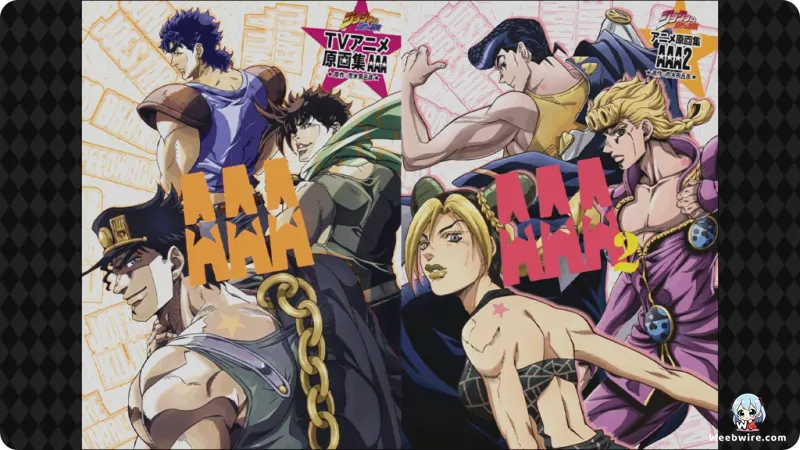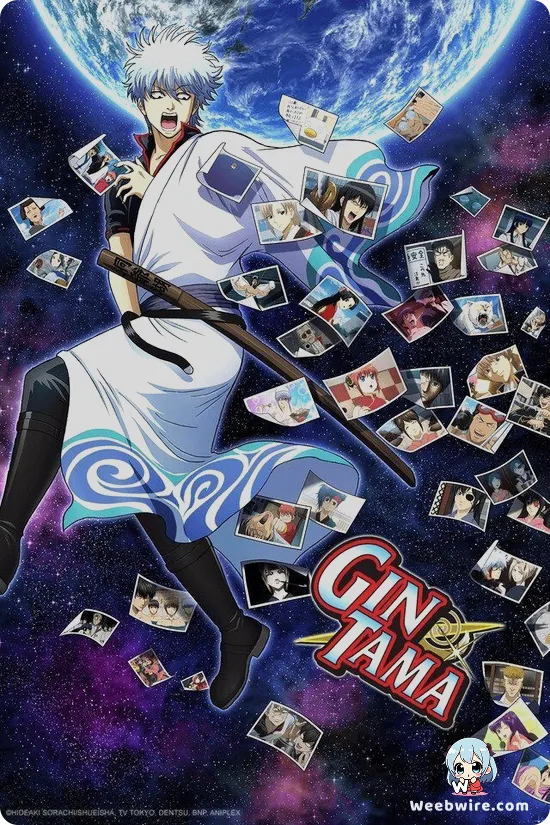The Dark History of JoJo's Bizarre Adventure: Unpacking the Gritty, Chronologically Confused 1993 OVA

While modern fans are familiar with the bright colors and faithful pacing of David Production's celebrated anime, a significant piece of JoJo's Bizarre Adventure history often goes overlooked: the pioneering 1993 Original Video Animation (OVA). This adaptation of Part 3, Stardust Crusaders, helmed by Studio APPP, stands as a fascinating and historically crucial artifact, offering a starkly different, darker, and more atmospheric interpretation of Jotaro Kujo's epic journey. As a product of the early 1990s OVA boom, it captures a unique moment in the franchise's evolution, demanding scrutiny from any dedicated follower of Hirohiko Araki’s masterpiece.
The Non-Linear Narrative of the APPP OVA
Perhaps the most bewildering aspect of the APPP adaptation is its utterly inverted release schedule. Defying conventional storytelling logic, the series initially debuted in 1993 with six episodes that plunged viewers straight into the action's climax. This first batch began deep into the adventure, specifically around the Stand battle against the High Priestess user, Midler, and culminated dramatically with the fateful confrontation against DIO in Egypt.
For nearly a decade, this half-story was the only animated version available. It was not until the year 2000, a full seven years later, that the seven foundational episodes covering the start of the journey, including Jotaro's imprisonment, the introduction of Kakyoin, and early fights against users like Dark Blue Moon and Strength, were finally released as a retrospective prequel. This non-linear sequencing meant that the animated narrative of Stardust Crusaders started near the finish line, a highly unusual choice for a serialized manga adaptation.
A Darker, Grittier Aesthetic
Beyond the chronology, the OVA distinguishes itself through its raw, gritty aesthetic. In contrast to the cleaner lines and vibrant palette of later adaptations, the 1993 version is heavily saturated in shadows, emphasizing the inherent supernatural horror elements of the story. The character designs notably adhere to Araki’s earlier, more muscular and blocky style prevalent in the late 1980s and early 1990s, before his signature shift towards a slimmer, fashion-forward look.

Jotaro Kujo, in particular, possesses an imposing physique and a terrifying intensity, amplified by the brooding lighting and robust sound design. This focus on atmosphere makes battles feel visceral and weighty. The adaptation’s commitment to psychological horror is vividly demonstrated in sequences like the fight against Death 13, which delivers a genuinely unsettling dream world sequence that many fans argue has never been matched.
Distinct Voices and Plot Deviations
Auditory differences also define this historic release. Before Daisuke Ono became globally synonymous with the character, Kiyoyuki Yanada voiced Jotaro Kujo in the OVA, providing a deeper, more mature, and frankly more menacing performance. Similarly, the entire supporting cast, including the inimitable Kenji Utsumi as DIO, delivered distinct interpretations that separated the OVA's auditory signature from the eventual television series.
Furthermore, while the OVA respects the major plot points, it is known for certain creative liberties. Most famously, the adaptation streamlined the final battle, omitting Jotaro’s iconic moment where he spells out "DIO." These minor yet impactful deviations underscore the creative freedom afforded to production teams in that era. The APPP OVA remains a compelling historical document, essential viewing for anyone seeking to explore the complete, bizarre history of JoJo's Bizarre Adventure.
Credits
JoJo's Bizarre Adventure
Author
Hirohiko Araki
Cover Art
Hirohiko Araki
Studio
APPP
Publisher
Shueisha
Producers





